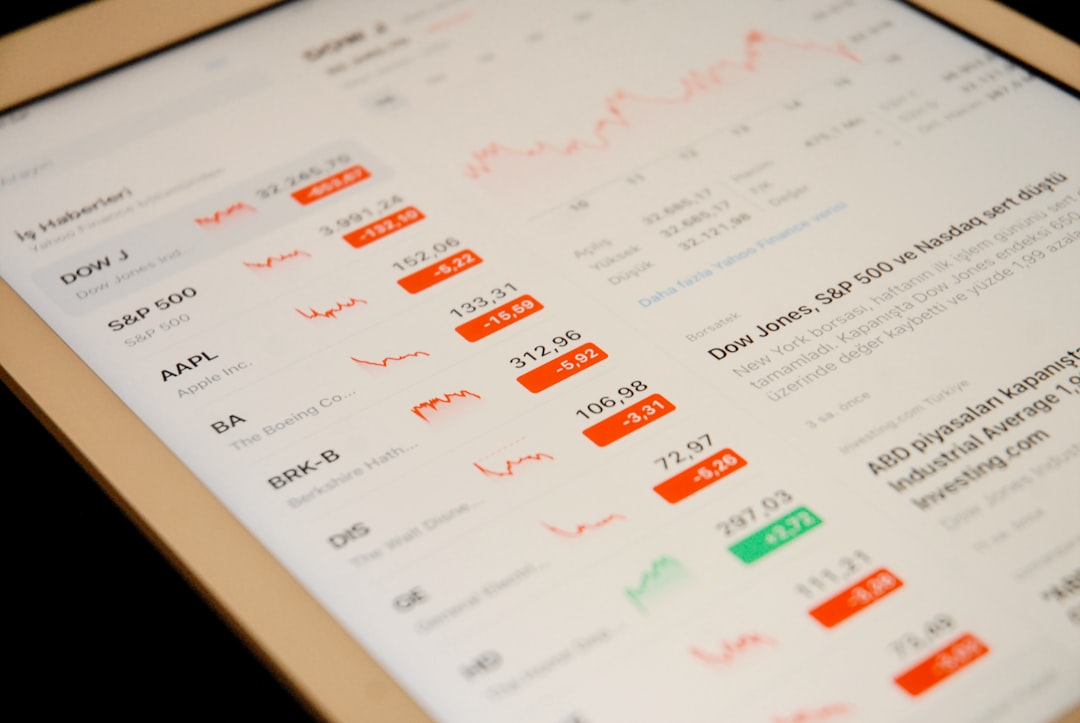In today’s data-driven business landscape, Business Intelligence (BI) tools have become indispensable for companies aiming to make informed decisions, optimize operations, and gain a competitive edge. BI software enables organizations to collect, process, and analyze data, transforming it into actionable insights. Choosing the right BI platform, however, can be a daunting task given the plethora of options available. This article evaluates the top five most reliable and widely used BI software solutions on the market today, based on their features, performance, user experience, and overall reputation.
1. Tableau
Tableau is often regarded as the gold standard in data visualization and business intelligence. Designed with versatility in mind, Tableau allows users to connect to a broad range of data sources, from Excel spreadsheets to cloud-based databases like Amazon Redshift and Google BigQuery. Its powerful features enable users to create dynamic, interactive dashboards with minimal coding knowledge.
- Ease of Use: Drag-and-drop interface for intuitive dashboard creation.
- Scalability: Supports enterprise-grade deployments and large data volumes.
- Integration: Works seamlessly with Python, R, and various APIs.
Tableau’s ability to present complex data in visually compelling formats makes it an invaluable asset for companies focused on comprehensive data storytelling.

2. Microsoft Power BI
Microsoft Power BI is a powerful and affordable BI tool widely used across organizations of all sizes. As part of the Microsoft ecosystem, it integrates excellently with other Microsoft services such as Excel, Azure, and Teams, making it a popular choice for enterprises that already depend on Microsoft products.
- Affordability: Offers a solid set of features at competitive pricing.
- Automation: Includes scheduling, alerts, and real-time data processing.
- Custom Visuals: Allows the creation of tailored data visuals using developer tools.
Its user-friendly nature, combined with robust capabilities, makes Power BI ideal for businesses looking to swiftly transition into data-driven decision-making.
3. Qlik Sense
Qlik Sense stands out for its unique approach to data exploration through associative data modeling. Unlike traditional BI tools that follow linear data querying, Qlik enables users to freely explore data relationships, making it easier to identify trends and uncover hidden insights.
- Associative Engine: Enables multidimensional data analysis and real-time insight generation.
- Self-service Capability: Empowers users across departments to perform their own analysis without relying heavily on IT support.
- Security: Offers strong data governance and access control.
Qlik Sense is especially suitable for dynamic and fast-paced environments where quick data exploration and insights are essential.
Image not found in postmeta
4. Looker
Looker, now part of Google Cloud, is a modern BI platform known for its powerful data modeling language, LookML, which allows detailed, flexible data definitions. Looker is designed to work directly on cloud-based data warehouses, avoiding the need to move data and enabling real-time analysis.
- Cloud-Native: Optimized for modern data stacks like BigQuery and Snowflake.
- Real-Time Analytics: No data extracts required; analyzes live data.
- Custom Applications: Lets developers create data-driven apps and embedded analytics solutions.
This tool is ideal for companies already invested in cloud infrastructure and looking for scalable, developer-friendly BI solutions.
5. SAP BusinessObjects
SAP BusinessObjects remains a trusted platform among large enterprises for its comprehensive suite of BI tools. Known for its robust reporting capabilities and seamless integration with SAP ERP and other enterprise systems, it provides deep insights across multiple business functions.
- Enterprise Reporting: Offers ad-hoc reporting, dashboards, and advanced analytics.
- Stability: Backed by SAP’s long-standing reputation in enterprise data management.
- Custom Workflows: Facilitates complex data workflows across departments.
Though it may involve a steeper learning curve and higher implementation costs, SAP BusinessObjects offers unparalleled depth and reliability for large-scale BI implementations.
Conclusion
Selecting the right business intelligence software depends heavily on an organization’s size, goals, and existing infrastructure. For interactive data exploration, tools like Tableau and Qlik Sense shine. Companies embedded within the Microsoft ecosystem may find Power BI to be the best fit. Looker appeals to data-driven developers seeking real-time analytics, while SAP BusinessObjects stands as a veteran platform for enterprise-grade reporting.
In an age where data is the new currency, investing in the right BI software can drastically transform how organizations understand and act on their data. Thoughtful selection and effective implementation of these tools can empower companies to thrive in an increasingly competitive market.
